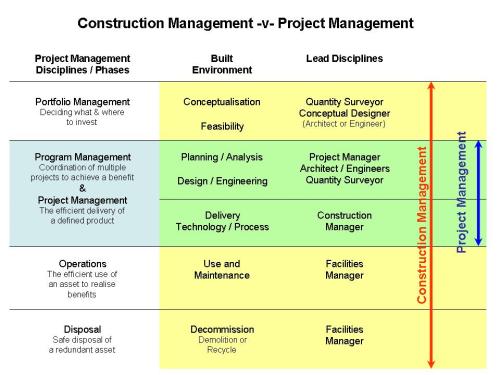 This post is my second discussing Ashurst Lawyers fourth report in the ‘Scope for Improvement’series looking at the management and delivery of mega projects in Australia; focused on the interlinked topics of productivity, innovation and training (read the first post).
This post is my second discussing Ashurst Lawyers fourth report in the ‘Scope for Improvement’series looking at the management and delivery of mega projects in Australia; focused on the interlinked topics of productivity, innovation and training (read the first post).
This ‘Scope for Improvement’ report identified productivity and skills shortages as a key problem for the sector but failed to offer any real options for improvement. The report also acknowledged productivity in Australia is significantly worse than many other developed economies, and whilst skills shortages are less of an issue now that the demand in the resources sector has returned to more normal levels, many participants expect it will again become a major issue in the near future. Some of the more significant observations from the report (with my thoughts in italics) are:
- Major inhibitors are the heavily regulated labour market and restrictive work practices. This is a management failing, enterprise bargaining has been part of the Australian industrial system for nearly a decade.
- Inadequate or insufficient training, and lack of experience, particularly in project and risk management of large projects, have been evident. . This is another management failing, skills don’t magically develop in ‘the market’ organisations need to invest in training.
- There is a generational shift in talent and experience at project director level. Developing ‘young talent’ needs career planning – largely ignored in the construction sector.
- There is not enough talent in the market to adequately cover the step shift in project scale (typically up from $800 million to $2billion) that occurred in the mid-2000s. Long term skills development has been largely ignored in this sector.
More depressing, was the complete absence of any meaningful discussion on BIM – Building Information Modelling. BIM is now mainstream in the UK construction industry and gathering pace in the USA, China, Europe and many other countries (many of which have contracting footholds in the Australian market).
The reason the rest of the world is focusing on BIM is productivity and profit. BIM reduces risk, increases efficiency and substantially reduces cost. BIM has a similar enabling capacity to EFPOST in the retail industry. The development of fully integrated data, driving efficiencies right through the supply chain – with EFTPOS, the suppliers know how many stock items have been sold today to arrange restocking overnight; JIT with a vengeance. BIM offers similar opportunities to radically reform and update the construction industry and drag it from its medieval craft roots into the modern era.
Implementing BIM will be a cultural revolution in the Australian context, making the optimum use of BIM will require skilled staff working as permanent members of the construction business’ supply chain. Successfully implementing BIM will require investment, training, staff development and a major shift in workforce management and supply chain management. The challenge facing Australian companies in all parts of the industry is to either catch up with their global competitors or face extinction.
The problem is a unlike the UK, there is no government leadership and we do not have the market size that allows innovative investments in Europe, China and North America. Solving this conundrum is where the real ‘scope for improvement’ lies.
To understand more about BIM and access a wide range fo free resources (mainly from the UK) see: http://www.mosaicprojects.com.au/WhitePapers/WP1082_BIM_Levels.pdf
The Scope for Improvement reports can be downloaded from: http://www.ashurst.com/publication-item.aspx?id_Content=10561&langId=1


